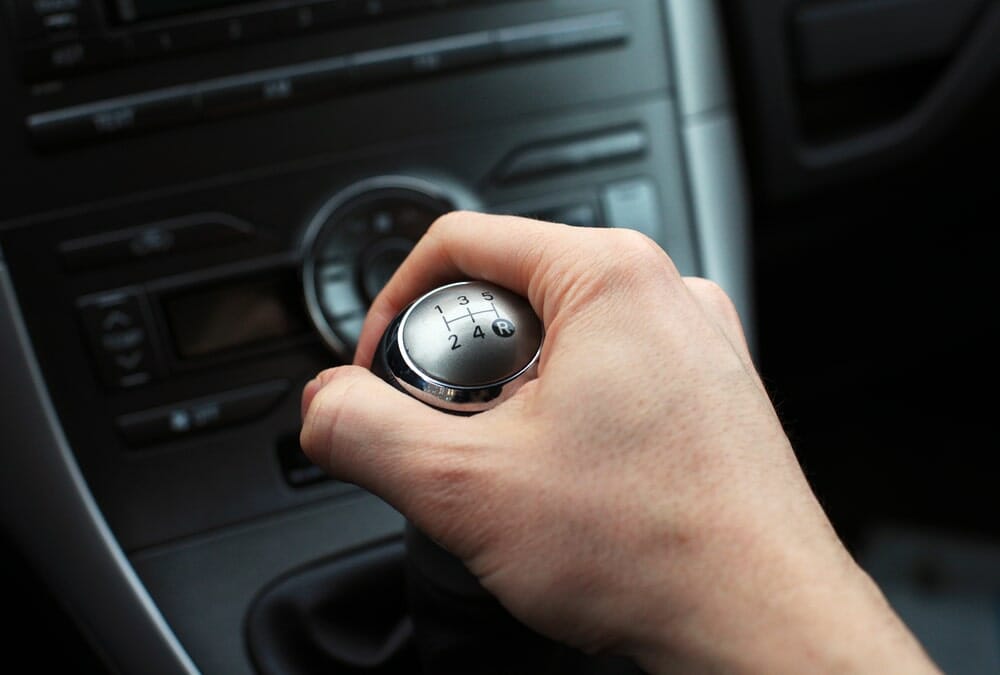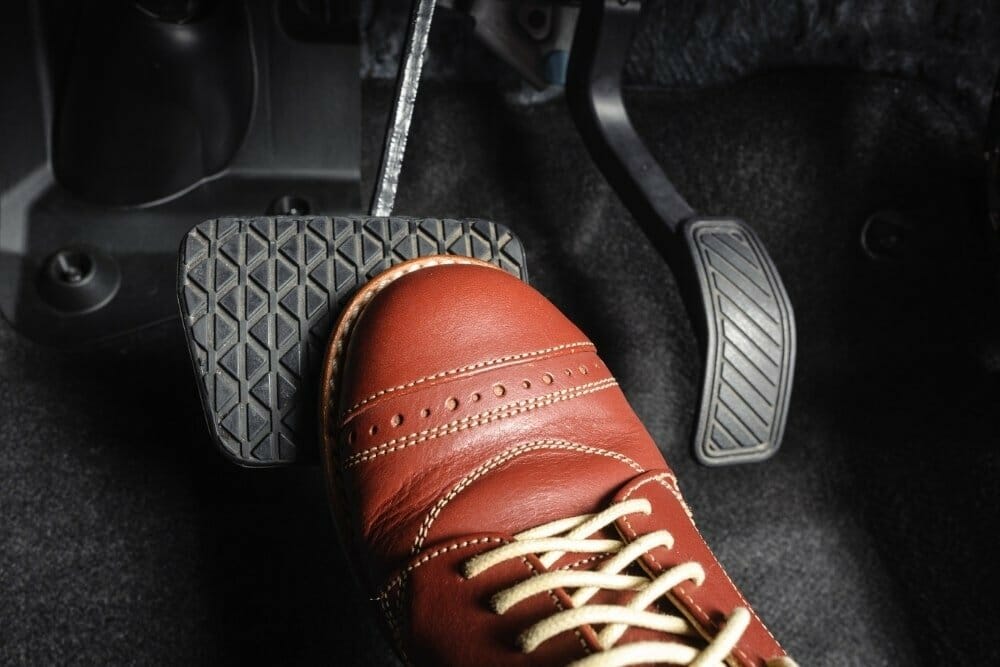In this article, we will provide a comprehensive guide to brake boosting, including how it works, the benefits and drawbacks of using this technique, and tips for safe and effective brake boosting. Whether you are a professional driver or just looking to improve your acceleration skills, this article will provide valuable information on the technique of brake boosting.
What Is Brake Boosting and how does it work?
Brake boosting is a technique that involves using the throttle and brakes together in a specific way to increase the braking force applied to the wheels of a vehicle. It is typically used in situations where the brakes alone may not provide enough stopping power, such as in emergency braking situations or when driving on slippery roads.
The basic mechanics of brake boosting involve pressing down on the brake pedal while also applying slight pressure to the throttle. This creates a vacuum in the engine, which can help to increase the braking force applied to the wheels. When the brake pedal is pressed, a hydraulic system is activated that pushes brake pads against the rotors, creating friction and slowing the wheels. By adding pressure to the throttle the engine creates a vacuum that helps to increase the amount of force applied to the brake pads.
There are a few different ways to brake boost, depending on the specific vehicle and its brake system. Some common methods include:
- Pumping the brakes: This involves repeatedly pressing and releasing the brake pedal quickly in order to create a vacuum and increase braking force.
- Depressing the clutch: In vehicles with a manual transmission, pressing the clutch can help to increase the vacuum in the engine, which can improve braking performance.
- Applying slight pressure to the accelerator: This can be done by keeping the accelerator pressed down slightly while applying the brakes. This creates a vacuum in the engine that helps to increase braking force.
Benefits and Drawbacks of Brake Boosting

There are a few benefits and drawbacks to brake boosting:
Benefits:
- Improved braking performance: Brake boosting can help to increase the amount of braking force applied to the wheels, which can be particularly useful in emergency braking situations or when driving on slippery roads.
- Quicker stopping time: By increasing the braking force, brake boosting can help a vehicle come to a stop more quickly.
Drawbacks:
- Increased risk of accident: If not done properly, brake boosting can lead to loss of control of the vehicle and increase the risk of an accident.
- Increased wear and tear on the brake system: Using brake boosting on a regular basis can put additional strain on the brake system, potentially leading to premature wear and tear.
- Not always necessary: In many cases, proper vehicle maintenance and good driving habits can help to reduce the need for brake boosting.
It’s important to weigh the potential benefits and drawbacks of brake boosting before deciding whether or not to use it. In general, brake boosting should only be used in emergency situations or when the brakes alone are not providing enough stopping power. It’s not a technique that should be u
How do I brake boost safely
To brake boost safely, it is important to follow these tips:
Make sure you have a good understanding of your vehicle’s capabilities: Different vehicles have different brakes, engines, and transmissions, so it is important to know the limits of your own vehicle.
Only use brake boosting in controlled environments: It is best to only use brake boosting on a race track or a closed course, rather than on public roads. This will help to reduce the risk of accidents or damage to the vehicle.
Use proper technique: When brake boosting, it is important to apply the brakes firmly and gradually release them as you accelerate. This will help to ensure that you have control over the accelerator and brakes at all times.
Pay attention to the condition of your vehicle: Before using brake boosting, make sure that your brakes, engine, and transmission are in good condition. If any of these components are worn or damaged, brake boosting could cause further damage.
Exercise caution: Brake boosting can be dangerous if not done properly, so it is important to exercise caution and good judgment at all times. Make sure to pay attention to your surroundings and be aware of any potential hazards.
Overall, it is important to have a good understanding of your vehicle’s capabilities and to use proper technique when brake boosting. By following these tips, you can help to ensure that you are able to brake boost safely and effectively.
Is Brake Boosting overall dangerous?
Brake boosting can be dangerous if not done properly. Because it involves applying the brakes while the vehicle is stationary or moving at a slow speed, there is a risk of losing control of the vehicle if the brakes are released too quickly or if the driver does not have sufficient control over the accelerator. In addition, brake boosting can put a lot of strain on the brakes, potentially causing them to fail or wear out more quickly.
There are also legal considerations to be aware of when it comes to brake boosting. In many countries, it is illegal to perform any type of acceleration technique that involves the use of the brakes on public roads. This is because it can be dangerous to other drivers and pedestrians and can cause damage to the road surface.
Overall, it is important to exercise caution and good judgment when considering brake boosting. If you do decide to use this technique, it is essential to have a good understanding of your vehicle’s capabilities and to ensure that you have control over the accelerator and brakes at all times. It is also important to only use brake boosting in controlled environments, such as a race track or a closed course, rather than on public roads.
Is Brake Boosting Damaging to Your Car?
Here are some ways in which brake boosting can potentially damage a vehicle:
- Worn out brakes: Brake boosting puts additional strain on the brakes, which can cause them to wear out more quickly. This can lead to reduced braking performance over time, making the vehicle less safe to drive.
- Engine damage: When the engine is revved up while the brakes are applied, it can cause additional strain on the engine and other components. This can lead to mechanical issues and even engine failure if not done properly.
- Transmission damage: Brake boosting can also put additional strain on the transmission, potentially leading to transmission failure or other issues.
Overall, brake boosting should be used with caution and only in emergency situations where the brakes alone are not sufficient. It’s important to make sure the vehicle is in good working order before attempting to brake boost, and to be mindful of the potential for damage to the vehicle.
FAQS
Q: Is brake boosting the same as engine braking?
A: No, brake boosting and engine braking are two different techniques. Brake boosting involves using the throttle and brakes in a specific way to increase the braking force applied to the wheels. Engine braking, on the other hand, involves using the engine to slow the vehicle down rather than the brakes. This is done by downshifting the transmission and allowing the engine to slow the vehicle through resistance.
Q: Can I use brake boosting with any type of vehicle?
A: Brake boosting can be used with a variety of vehicles, including cars, trucks, and motorcycles. However, it is most commonly used in performance or racing vehicles that have a manual transmission.
FOLLOW US
